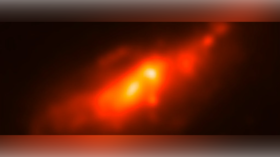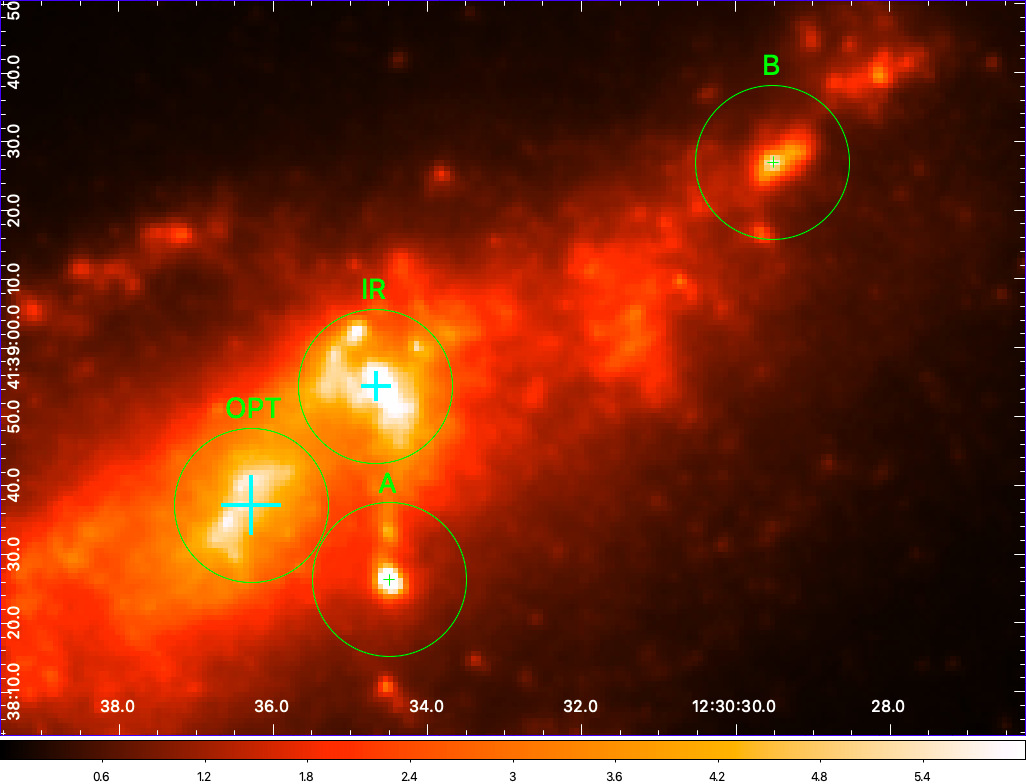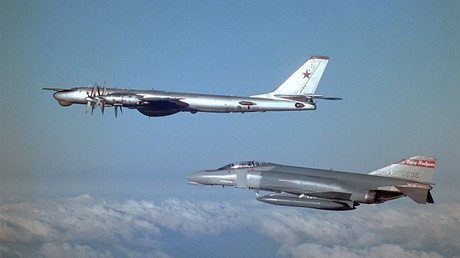Secrets of a nearby galaxy: Scientists detect ultra-rare ‘double nucleus’ (PHOTO)

Astronomers have been observing the nearby Cocoon Galaxy for decades but only recently did they reveal what had been staring at them the whole time: an extremely rare ‘double core’ at the heart of it.
The Cocoon Galaxy, nicknamed this way due to its shape, is located in the Northern Hemisphere and about 30 million light years from Earth. It is roughly a fifth of the size of the Milky Way and yet it contains two central cores. The first can only be made out using optical telescopes while the second is obscured by dust, and can therefore only be detected using radio and infrared telescopes.
It turns out, scientists using different telescopes had spotted each of the cores independently of each other at different times but were unaware of the other core as it required a telescope which uses a different wavelength of light to see and they apparently, never shared notes with each other.

Both nuclei are similar in size, mass and luminosity and this rather unusual double nucleus structure might explain why the galaxy system is surrounded by a vast cloud of hydrogen gas. Given this unorthodox layout, astronomers suspect the Cocoon Galaxy is in the late stages of an ancient collision between two galaxies.
In addition, researchers now also believe that such rare, double-nucleus galaxies might, in fact, spur the build up of supermassive black holes at the centers of several galaxies.
Think your friends would be interested? Share this story!














